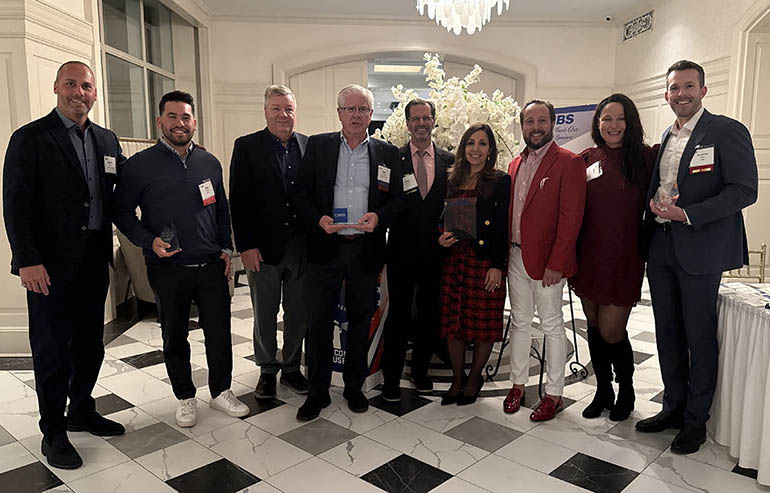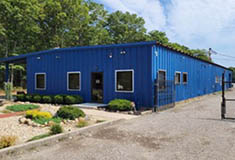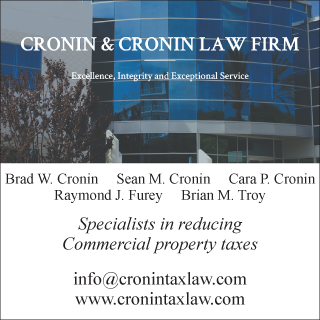News:
Long Island
Posted: June 16, 2008
Green building initiatives are now catching on with healthcare facilities
A nationally accepted benchmark for the design, construction and operation of high- performance green buildings, the "green building" initiative has been in existence for several years, but is just now catching on with healthcare facilities.
A benefit of the "green building" initiative is that green buildings have lower annual operating costs and help improve the health/well being of their occupants. Accordingly, these improvements increase productivity among the workforce. The downside is the increased capital cost to implement green building construction measures, which has limited healthcare entities from more actively applying LEED (Leadership in Energy & Environmental Design) practices. Another reason for the lag in participation by hospitals is that LEED-sustainable design concepts were initially focused on office buildings and did not apply to new or renovated healthcare facilities that typically operate around the clock and use a high level of energy and water for patient care. Also different for healthcare entities is the use of pharmaceutical and other chemicals, as well as infection control protocols and stringent compliance requirements from multiple regulatory agencies.
A solution to this dilemma is The Green Guide for Healthcare (GGHC) - a self-certifying guide for sustainable building design, construction and operations for the healthcare industry. GGHC provides a tool kit to integrate improved environmental and health principles into the planning, design, construction, operations and maintenance of hospitals and other healthcare facilities. Medical office buildings and clinics can also use the Green Guide, which applies to new freestanding facilities, additions, renovations or rehabilitation/adaptive reuse projects. The GGHC borrows the credit numbering scheme from LEED with some modifications customized for buildings with institutional occupancies.
Currently, over 100 projects in 31 states, as well as other countries, have registered in the GGHC program. In December 2003, Version 1.0 of the Green Guide was released. Version 2.2, which builds on the lessons and successes of leading hospitals across the U.S., was recently introduced. GGHC is already formulating a new LEED-HC (Healthcare) Standard that will be finalized at the end of the year and will allow current GGHC projects to be also LEED-HC qualified.
It's important to involve legal counsel in both GGHC efforts and LEED certification. A facility can face potential liability in making representations about its "green" benefits if they are stated too broadly. Appropriately drafted contracts with consultants and contractors engaged to achieve certification is also a must. Suitable representations and warranties of their "green" competencies, certifications and materials to be used are imperative. A detailed scope of work and standard of care should clearly articulate
performance expectations. The contract should provide for substitution of supplies if certain green materials become unavailable or if delays are incurred. Compliance with certain laws should be set forth if necessary to obtain special green building tax or financial benefits.
Finally, an attorney can be instrumental in interpreting and administering the documentation process to enable the facility to achieve the desired level of "green" LEED certification on a timely basis. To earn LEED project certification, a project must be registered with LEED and meet the minimum number of points required.
Suzanne Avena, Esq. is chair of the environmental practice at Garfunkel, Wild & Travis, P.C., Great Neck, N.Y.
Tags:
Long Island
MORE FROM Long Island
Suffolk County IDA supports expansion of A&Z Pharmaceuticals
Hauppauge, NY The Suffolk County Industrial Development Agency (IDA) has granted preliminary approval of a financial incentive package that will assist a manufacturer in expanding its business by manufacturing more prescription (Rx) pharmaceuticals in addition to its existing over-the-counter

Quick Hits
Columns and Thought Leadership

The evolving relationship of environmental consultants and the lending community - by Chuck Merritt
When Environmental Site Assessments (ESA) were first part of commercial real estate risk management, it was the lenders driving this requirement. When a borrower wanted a loan on a property, banks would utilize a list of “Approved Consultants” to order the report on both refinances and purchases.








.gif)
.jpg)